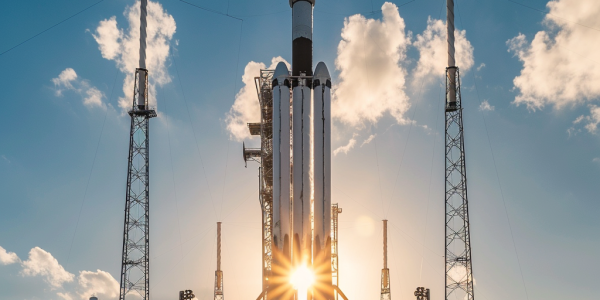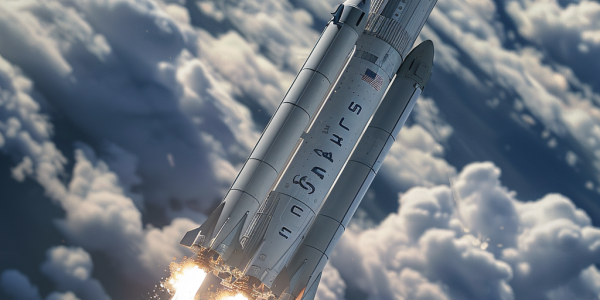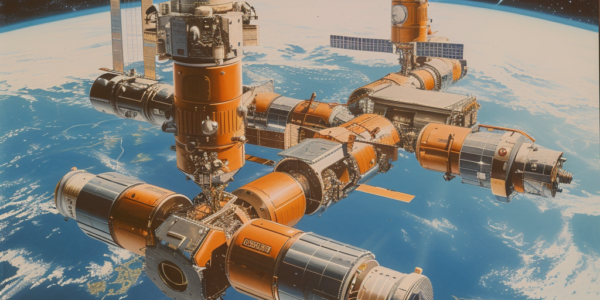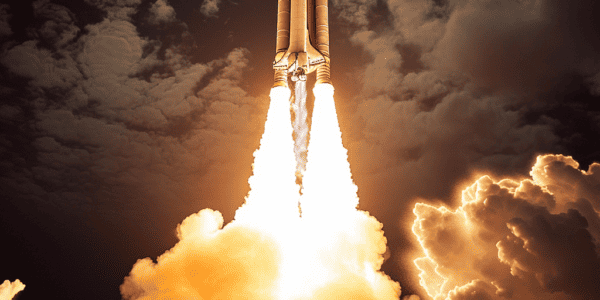X-37B Space Plane Prepares for Innovative Aerobraking Maneuvers
The U.S. Space Force’s X-37B space plane is set to conduct aerobraking maneuvers to lower its orbit, enhancing sustainability and addressing space debris concerns. This innovative technique, utilizing atmospheric drag, conserves propellant and extends the spacecraft’s operational lifespan. With a focus on responsible space operations, the X-37B’s mission marks a significant advancement in military space capabilities and sets a precedent for future aerospace innovations.
ULA Prepares for Historic Final Launch of Atlas 5 Rocket
United Launch Alliance (ULA) is set to launch its final Atlas 5 rocket, USSF-51, on July 30, 2024, marking a historic milestone as the 100th national security mission. This pivotal event highlights ULA’s contributions to aerospace and national security, while also paving the way for future innovations in space exploration.
U.S. Space Force selects Blue Origin, SpaceX, and United Launch Alliance for National Security Space Launch Phase 3 program
Blue Origin, SpaceX, and United Launch Alliance have been chosen by the U.S. Space Force for the National Security Space Launch Phase 3 program, with contracts potentially valued at $5.6 billion over the next five years. This milestone marks the first time Blue Origin will launch sensitive national security satellites, while SpaceX and United Launch Alliance have previously held Phase 2 contracts. The NSSL Phase 3 program includes two lanes for different types of missions, with Lane 1 focusing on less demanding launches to low Earth orbit. The selection of these three companies confirms their capabilities met the specified criteria, as revealed by the Department of Defense’s announcement.
US Space Force to Establish Orbital Filling Stations for Satellite Refueling
The US Space Force is looking to establish orbital filling stations for its satellites, aiming to extend their mission life by refueling them in orbit. Northrop Grumman’s Passive Refueling Module (PRM) has been selected by the Space Force as the preferred model to set the standard for refueling satellites in orbit within the Space Systems Command (SSC). Satellites, with their high construction and launch costs, require propellant to function. Despite efforts to maximize their lifespan, the need for propellant remains a limiting factor. Many satellites require propellant to maintain their orientation, adjust orbits, and ensure operational efficiency. As a result, after a few years, satellites can become obsolete due to fuel depletion, despite being in good condition. To address this issue, companies like Northrop Grumman have been developing in-orbit servicing modules. These robotic spacecraft can dock with satellites running low on fuel, providing them with supplemental propulsion, new power sources, and even conducting minor repairs. The Space Force is particularly interested in this technology, as military satellites require frequent orbital shifts for various operational needs, making propulsion a critical asset. Refueling satellites in orbit presents challenges, requiring standardization to ensure compatibility between servicing modules and visiting satellites. This need for standardization has been a longstanding issue in space exploration, dating back to the Apollo Soyuz mission in 1975, which required a common docking mechanism for US and USSR spacecraft. The development of orbital filling stations and standardized refueling technology holds promise for extending the operational lifespan of satellites, offering a cost-effective solution for maintaining and enhancing satellite capabilities in orbit.
Should Rocket R&D Become a New Priority with U.S. Reliance on SpaceX?
Covering the business and politics of space With the U.S. increasingly reliant on SpaceX, should rocket R&D become a new priority? January 17, 2024 With the U.S. government’s increasing reliance on SpaceX for space launch services, concerns have been raised…





